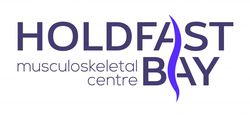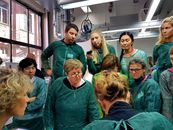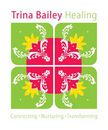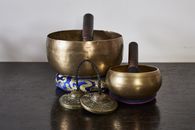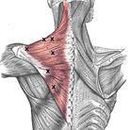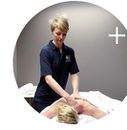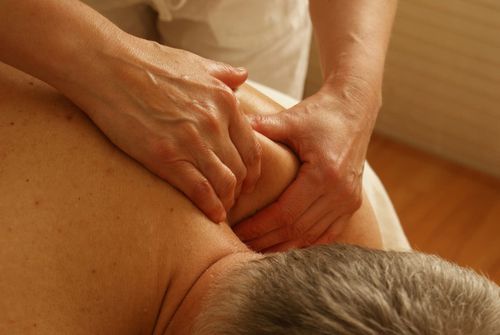What is Deep Tissue Massage?
Deep tissue massage focuses on realigning the deeper layers of muscles and connective tissue, where tension and pain are believed to reside. Slow and deep strokes are used to achieve this result. Therapists may also employ deep friction techniques, which involve applying deep finger pressure to the muscles while pulling them away from the bones. Deep tissue massages are effective because they help relieve tension where it accumulates instead of just kneading the superficial layer of muscle or bone tissue.

What Conditions Will Benefit From a Deep Tissue Massage?
Deep tissue massage can be used to treat a number of conditions. Manipulating the deep tissues and muscles under the skin can also increase range of motion and decrease heart rate and blood pressure as well. Among the conditions that deep tissue massage has been known to help with include:
- Muscle tension and spasms
- Tendonitis and bursitis
- Chronic pain syndrome
- Fibromyalgia
- Tension headaches
- Sciatica
- Carpal tunnel syndrome
- Osteoarthritis
- Stress
- Insomnia
- Anxiety
- Depression
- Abscesses
- Scar tissue
- Swelling due to injury or surgery
How Much Does Deep Tissue Massage in Glenelg Cost?
Practitioners of deep tissue massage in Glenelg typically charge between $60 and $130. Costs will vary according to the length of the treatment, where it is provided, and any add-ons included in the client's treatment package. A mobile massage usually costs more, as the practitioner has to factor in their travel costs.
How Many Deep Tissue Massage Therapists are There in Glenelg?
An Australian Bureau of Statistics report says deep tissue massage is one of the most popular complementary therapies in Glenelg and the rest of South Australia. As of 2013, there were roughly 266 deep tissue massage therapists practicing in the state.
How Many People in Glenelg Use Deep Tissue Massage?
Around 450 deep tissue massages are performed in South Australia each day, including in Glenelg. Despite lack of data on how many Glenelg residents receive this treatment, more than a hundred people are estimated to seek it every year.
